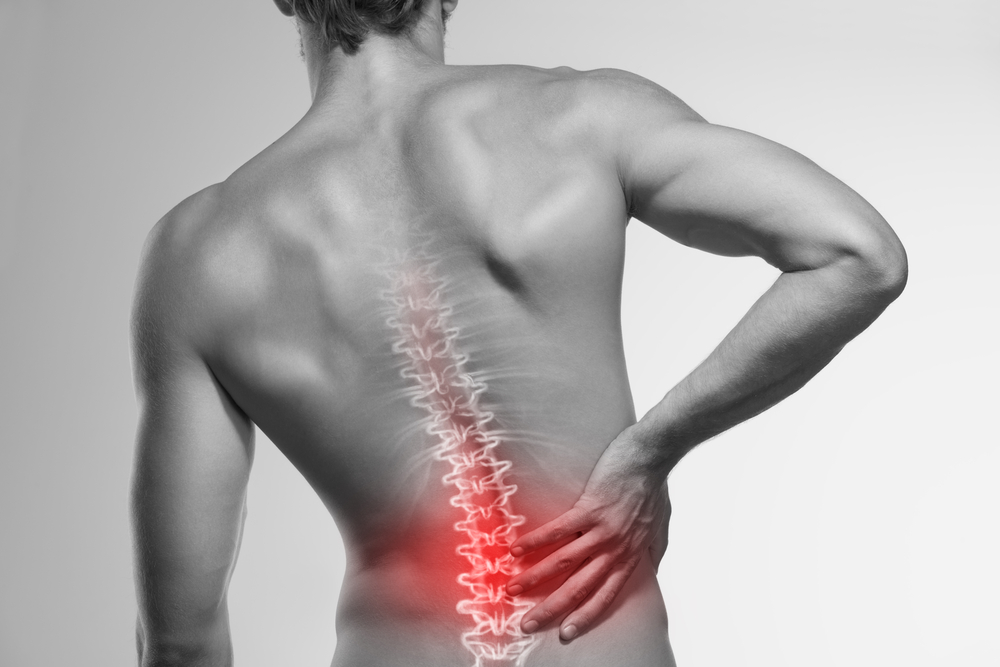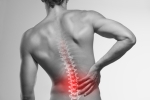
When other pain treatments have failed, spinal cord stimulation may be an option
Spinal cord stimulation is a procedure that delivers low-level electrical signals to the spinal cord or to specific nerves to block pain signals from reaching the brain.
What Happens During the Spinal Cord Stimulation?
During spinal cord stimulation, a device that delivers the electrical signals is implanted in the body through a needle placed in the back near the spinal cord. A small incision is then made to place the pulse generator in the upper buttock. The patient may turn the current off and on or adjust the intensity of the signals. Some devices cause what’s described as a pleasant, tingling sensation while others do not.
Several kinds of spinal cord stimulation systems are available. The units that are more commonly used are fully implanted and have a pulse generator, which is like a battery. Most of the newer devices feature a rechargeable pulse generator system that can be easily charged through the skin. However, there are some pulse generators that are fully implanted that do not require recharging, but last a shorter time before they need to get replaced. Another system includes an antenna, transmitter, and a receiver that relies upon radio frequency to power the device. In these systems, the antenna and transmitter are carried outside the body, while the receiver is implanted inside the body.
When Is Spinal Cord Stimulation Used?
Spinal cord stimulation is recommended when other treatments have not been successful, when surgery is not likely to help, or when surgery has failed. However, the device is not for everyone; check with your doctor to see if the procedure is right for you.
Precision Pain Care and Rehabilitation has two convenient locations in Richmond Hill – Queens and New Hyde Park – Long Island. Call the Richmond Hill office at (718) 215-1888, or (516) 419-4480 for Long Island office, to arrange an appointment with our Interventional Pain Management Specialist, Dr. Jeffrey Chacko.













